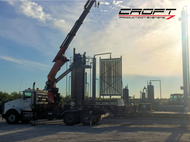What is an amine plant?
Posted by Cameron Croft on Aug 5th 2019
What is an amine plant?
The Amine gas treatment plant is also referred to as the Gas Sweetening System. The plant brings in sour gas (a gas that contains hydrogen sulfide and carbon dioxide), which is frequently found in raw natural gas streams. Carbonic acid, a very highly corrosive mixture, is created when CO2 is combined with water. H2S is highly toxic in concentrated amounts, so it is very important to remove these compounds safely and as soon as possible to avoid damage to equipment.
What parts go to an amine plant?
Amine plants can be serviced at different frequencies depending on the size and design. For example, some amine plants require 24/7 service and others can go for a week without service to ensure the system is running properly, as well as the parts. Over time, corrosive environments can wear down the parts discussed below, which are crucial to the function of Amine plants.
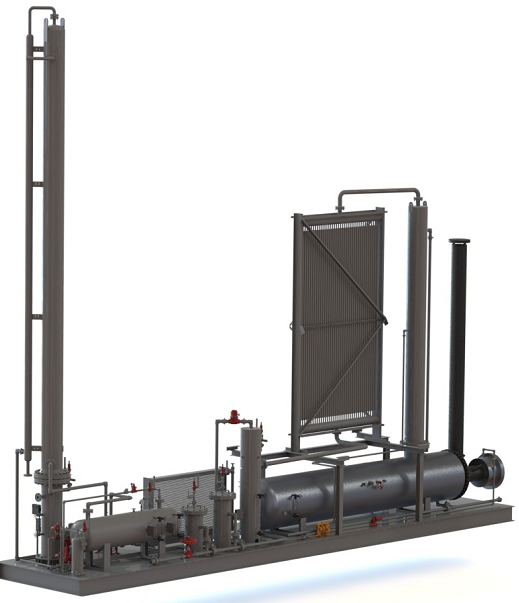
Pressure Safety Valves: The pressure safety valve will open if the process pressure exceeds the factory set pressure. Pressure safety valves, also known as PSVs or pop-offs, ensure the safety of the equipment.
The amine plant uses a dump valve to rid the system of any fluid that is removed from the raw gas.
Within the GSS, there are low-pressure regulators and high-pressure regulators. The low-pressure regulator is known as an RG30 and the high-pressure regulator is known as an RG40. The regulators help monitor and maintain supply pressure to the dump valves and have gauges that allow service technicians to view the pressures without disengaging the system.
The RG10 is a high pressure, spring operated, pressure regulator. Its heavy-duty design makes it ideal for pressure regulation in the oil and natural gas industry. The RG10 can also be converted into a relief valve.
The RG20 is a spring-operated regulator that can be used anywhere pressure regulation of natural gas, air or other gas is required. On an Amine Plant, the RG20 is used to regulate fuel gas going to the reboiler. Its housing can be moved to one of four positions to save space during installation. The RG20 was designed for easy maintenance by allowing access to the body without removing it from the line.
The filters used in the Amine plants help keep equipment running at a higher efficiency. The carbon filter helps reduce foam that can be generated in the sweetening process. The foam can create carryover or can cause inefficiencies in the plant, so it is important to change these filters out regularly. The stock filter help remove any particulates that may be in the processing stream. These filters should be changed regularly but may require more frequent replacement if there are high levels of particulates in the stream being removed.
Amine systems use temperature controllers for controlling a set temperature in direct or indirect heaters. These temperature controllers are pilots that sense temperature and send a pneumatic signal, usually to a control valve (burner valve) that will allow fuel gas to a burner.
High-pressure motor valves, also known as control valves, are used in the Amine system. They can be used as dump valves or pressure regulators. Keeping fluid in its place and making sure it is released from the system at the correct time is just as important as regulating pressure.
Back-pressure valves control pressures upstream of the valve by adjusting the set point to the desired max upstream pressure. On an Amine Plant, the back-pressure valves hold back pressure on the regenerative side.Back-pressure valves can be used on separators, flow treaters, compressor stations, and gas gathering systems. They utilize process gas to operate the integrated pilot. Gas must be clean and dry.
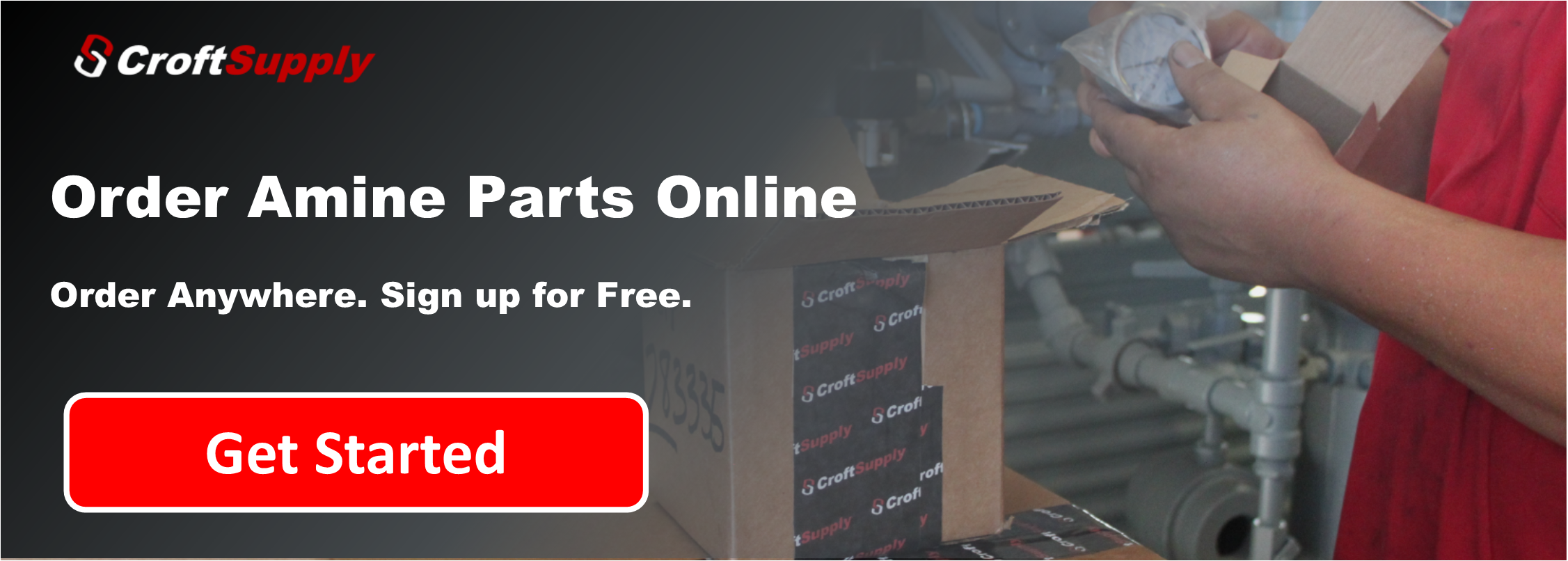
Want to look at all the Amine Plant parts Croftsupply.com has to offer? Click here.
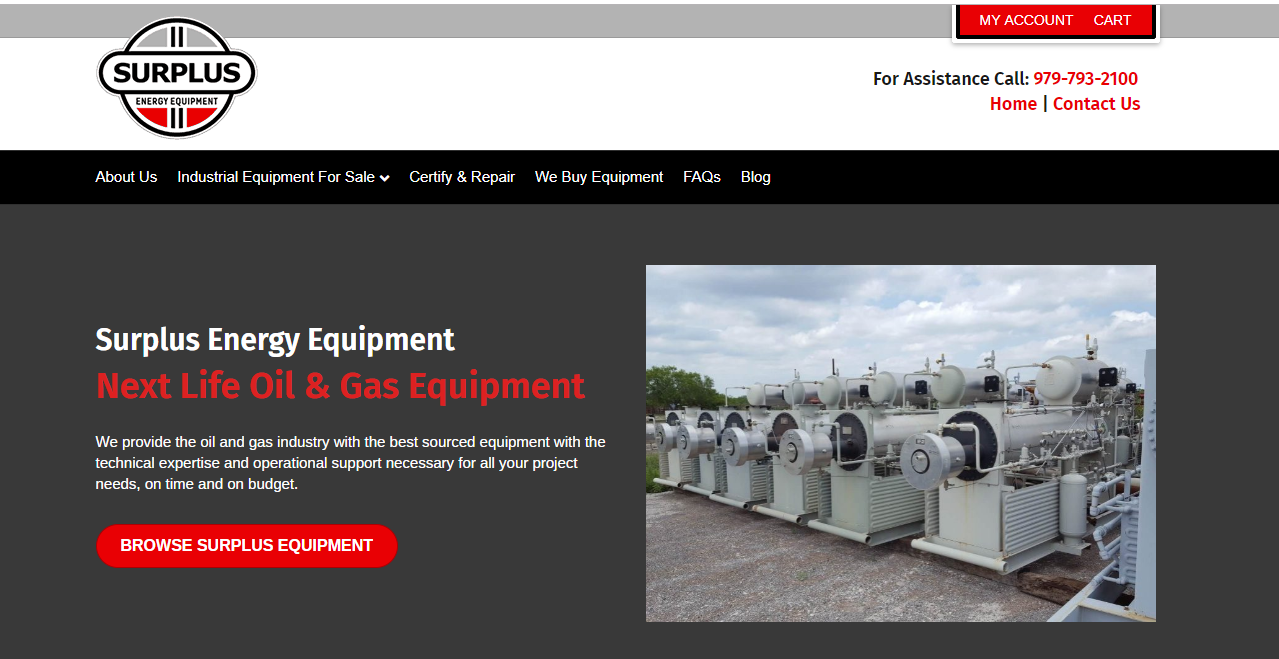
Want to purchase used or surplus equipment? Click here for SurplusEnergyEquipment.com
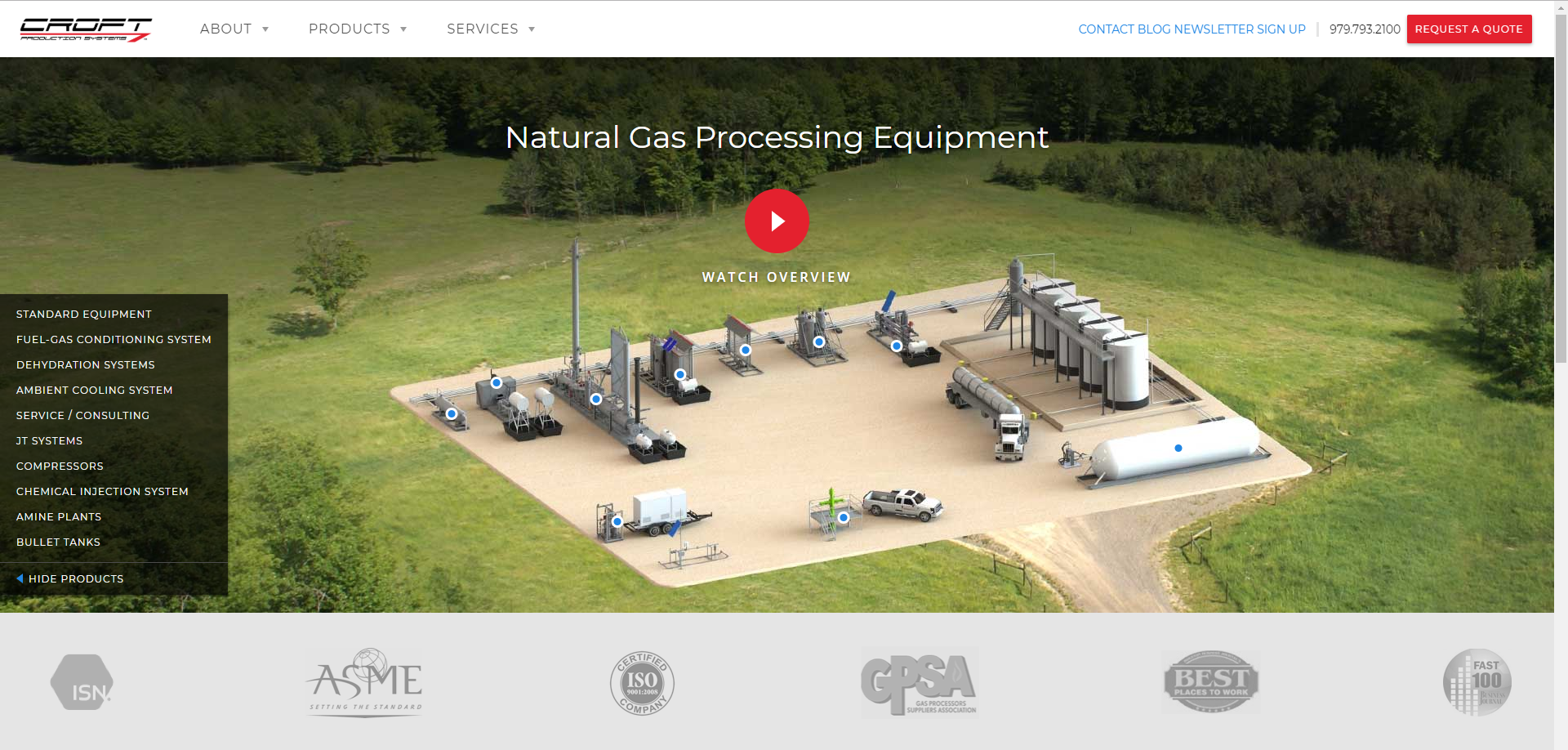
Want to lease or purchase new or re-certified Amine Plants? Click here.



